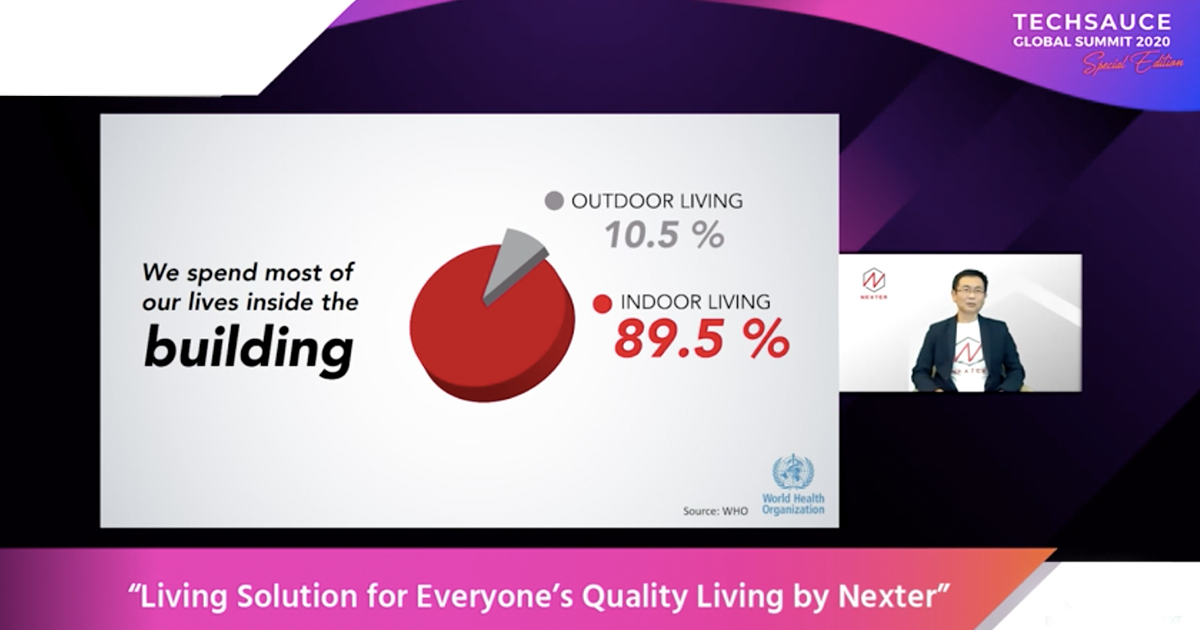เว็บไซต์นี้ใช้คุกกี้
เราใช้คุกกี้เพื่อเพิ่มประสบการณ์ที่ดีในการใช้เว็บไซต์ แสดงเนื้อหาและโฆษณาให้ตรงกับความสนใจ รวมถึงเพื่อวิเคราะห์การเข้าใช้งานเว็บไซต์และทำความเข้าใจว่าผู้ใช้งานมาจากที่ใด คุณสามารถเลือกตั้งค่าความยินยอมการใช้คุกกี้ได้ โดยคลิก “การตั้งค่าคุกกี้” อ่านนโยบายความเป็นส่วนตัว







